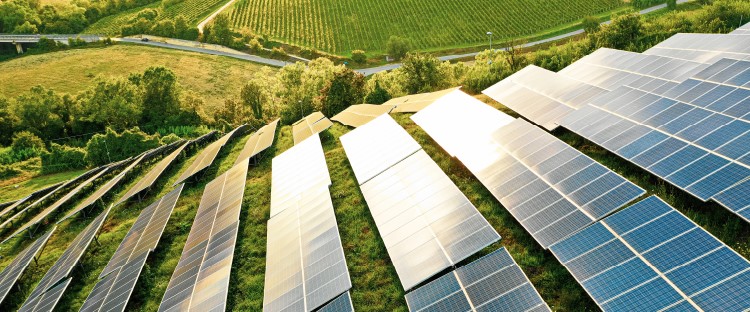China's New Economic Silk Road: The Great Eurasian Game & The String of Pearls
28 Jun 2016
China's New Economic Silk Road: The Great Eurasian Game & The String of Pearls
By Chris Devonshire Ellis, founding partner, Dezan Shira & Associates
An issue when composing a book such as this, covering such a large geographical area, is the definition of what Asia actually is. This becomes especially pertinent when dealing with Asian subcategories like “Eurasia” and “Central Asia”. What do these really mean? Indeed, what is “Russia”?
Asia is defined by Miriam-Webster as “A continent of the eastern hemisphere north of the equator forming a single landmass with Europe” and further revealed to possess “numerous large offshore islands including Cyprus, Sri Lanka, Malay Archipelago, Taiwan, the Japanese chain, & Sakhalin area”.
Which taken literally would mean that the southern islands of the Maldives, being south of the equator, are not part of Asia. Neither are Indonesia and Singapore. Meanwhile, Australia, a continent in its own right and almost exclusively “south of the equator”, has also declared itself part of Asia. Existing definitions, which we have grown used to, are therefore in need of some adjustment.
Central Asia is equally tricky. Most people would identify it as a collection of Muslim states, lying directly south of Russia, and previously part of the Soviet bloc. However, this doesn’t really work. Mongolia is for example Buddhist, as many of the currently Muslim territories once were, while its capital, Ulaan Baatar, is as close to Anchorage in the United States as it is to Moscow.
Even Eurasia can be difficult. The majority of people would imagine this area to extend roughly to the boundaries of the further reaches of the Mongolian Empire at its height – including all of China, and as far west to Hungary in Eastern Europe. “The Steppes” is an expression often used to describe Eurasia. Miriam-Webster again: Eurasia is “The landmass of Asia & Europe - chiefly used to refer to the two continents as one continent”.
Russia meanwhile acknowledges its unique geographic position by maintaining the Double-Headed Eagle as its national symbol. One head faces west, the other east. Although its capital city is in the European part, 75 percent of Russian territory lies in Asia. When thinking of Asia, images of steamy jungles and elephants tend to come to mind, yet the region has a long coastline above the Arctic Circle, previously home to the elephant’s distant cousin, the mammoth. As global warming increases, we may become more familiar with the concept of Arctic lands being Asian.
The reason these definitions are changing is largely due to the rise of China, a re-think of its role in the world and its revision of domestic and foreign policy. As China spreads its influence beyond its own borders, those of us from white European stock should be reminded that the term “Caucasian” typically used to describe us in terms of race includes the word “Asian”.
For the purposes of this book however, and in accordance with Miriam-Webster’s definition of “Eurasia”, this analysis views the subject as including all of Asia - meaning from Arctic Siberia, south to countries such as Sri Lanka and Indonesia, and West to India, Pakistan and Iran. It also includes Europe because, as we will see, China’s Silk Road Economic Belt will impact upon all.
Please click to read the full article.




